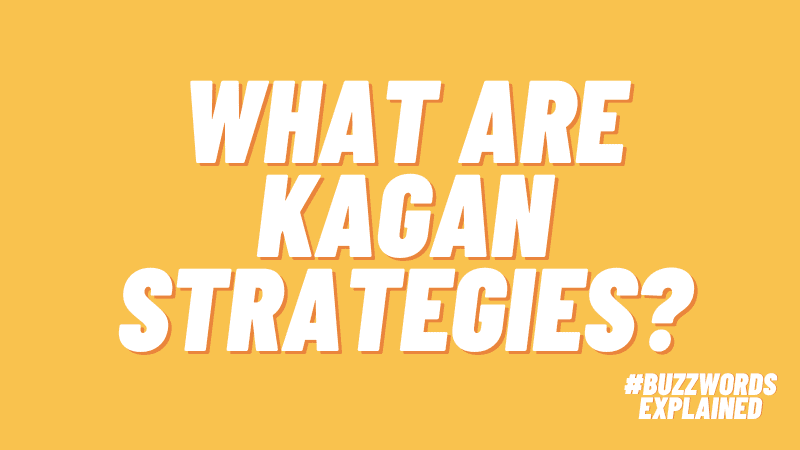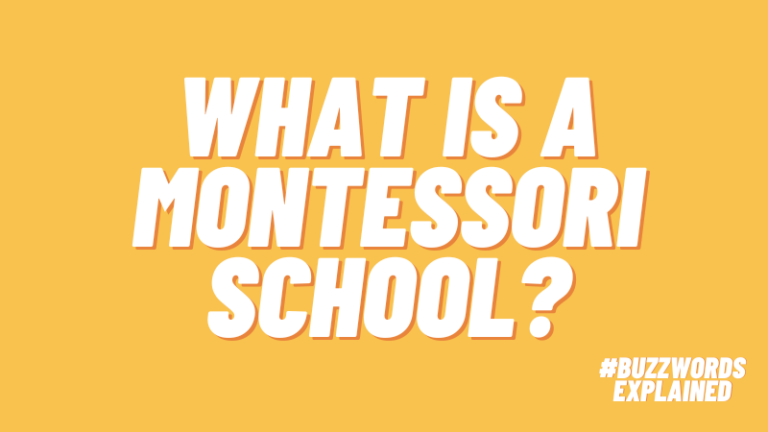Experienced teachers know that there is no “one size fits all” when it comes to teaching their students. Each student is unique, with different learning styles, strengths, and weaknesses. They also know how important a positive classroom community is to boost self-esteem, enhance learning, and promote risk taking. Kagan strategies can help educators build a caring and kind environment to help all types of learners thrive.
Overview of Kagan Strategies
Source: kaganonline.com
Kagan is a scientific research-based program focused on student engagement. Back in 1968, Dr. Spencer Kagan began researching child behavior and realized he could create cooperative and competitive learning for children by placing them in different types of situations. He became a leader in the cooperative learning movement. Today, he continues to dedicate his life to creating positive learning environments for students of all grade levels and abilities.
Benefits of Using Kagan Strategies in the Classroom

Source: kaganonline.com
Kagan actively engages all students, unlike traditional teaching structures. With traditional teaching, students sit at their desks listening to the teacher and are called on one at a time. Students compete to shine and have a chance to speak. At the same time, shy and lower-achieving students avoid participating instead of trying to engage in class.
With the Kagan method, all students face each other and have a chance to share. All students are engaged simultaneously within just a minute or two. Students develop self-esteem, social skills, leadership skills, and communication skills. They become teammates while learning the curriculum, bouncing ideas off one another.
When students work in teams, they work together instead of competing against each other. This camaraderie is similar to the positive benefits sports teams build. Cooperative learning leads to academic and social gains since every student has an equal turn. Behavior improves while disruptions disappear.
Kagan Classbuilding and Teambuilding Structures
Dr. Kagan and his team have developed approximately 200 different Kagan structures. His book Kagan Cooperative Learning is his all-time top-seller and the book that started it all. From there, he and his team have branched out with numerous books specific to grade levels or particular strategies, smart cards containing numerous strategies in an easy-access foldable, and more.
While it would be impossible to cover all of the strategies in one article, here are a few examples of the most popular Kagan classbuilding and teambuilding structures to incorporate in the classroom. Apply these strategies to any subject area.
Examples of Kagan Classbuilding Structures
Classbuilding Structures involve activities where the whole class engages with one another. Some of my favorite Classbuilding Structures are:
Find Someone Who
Students circulate around the room, finding classmates who can answer questions on their teacher-created Find Someone Who form. Students must find a different classmate for each question, which leads to communication with everyone in the class.
Line-Ups
Students line up in a specified order, requiring communication and cooperation. The topics can be personal, such as lining up in birth date order. Other ideas include providing each student with a card with an event from a story or history and having students line up sequentially.
Mix-Pair-Share
Students mix around the room to music or just the beat of their own drum. When the music stops or the teacher calls “pair,” students pair up with the classmate closest to them. The teacher then gives the class a topic to discuss with their partner. This can be repeated multiple times with the same or different questions, making sure students pair up with a different classmate each round.
Corners
Students choose one of four designated corners of the room and interact about a topic with other students in their corner. Each corner has a different answer to a question, opinion to a topic, etc.
Examples of Kagan Teambuilding Structures
With Teambuilding Structures, students are first grouped into small teams, usually composed of four students. If your students already sit at tables or desks put together to form small groups, your teams are already in place. Some of my favorite Teambuilding Structures are as follows:
RoundRobin
Anyone familiar with Kagan Structures knows this one, and it is a trendsetter. After placing students in teams, each student shares something with his or her teammates. RoundRobin may involve a single turn each or multiple turns. Everyone takes turns listening to each teammate, and everyone shares.
Fan-n-Pick
Group students into teams of four, in which each student has a different role, which rotates each round. Students answer questions from a deck of index cards, with questions relating to a subject area. The student roles are: Student 1 fans the cards; student 2 picks and reads a card; student 3 answers the question; and student 4 paraphrases and praises the answer.
Team Charades
This is just like the game we all know and love from our own childhood. First, students pick a card. Next, they act out whatever is on the card, without revealing it to the team or saying a word. This is a great way to strengthen kinesthetic intelligence.
Placemat Consensus
Create a Placemat (worksheet) with spaces for each student to write, with a Consensus space in the middle. If using a circle shape, first make a small circle in the middle of the circle. Next, draw spokes separating the outer circle into four spaces. After each teammate writes in his or her space, teammates take turns elaborating on their own ideas. If the team as a whole decides an answer is important, they write it in the Consensus space.
Feedback From Fellow Teachers
Here’s what other teachers who use Kagan strategies regularly in their classrooms told me:
“I can see students’ self-esteem and achievement improve when using Kagan strategies. Kagan strategies are great to motivate and keep students involved.” —Maria Smith, elementary school teacher
“Kagan is an extremely effective way of allowing students to express knowledge in different ways, giving all students a chance to succeed using different learning styles. It’s also a good informal assessment tool for teachers to understand where students may need reinforcement in different subjects.” —Samantha Tannenbaum, elementary school teacher
“Kagan strategies make learning more fun for all. They can easily be applied to so many different topics. I love how the entire class becomes engaged simultaneously.” —Sara Harris, high school teacher
More Resources for Kagan Strategies
Read more about specific research studies, theory, and rationale here.
Watch this video for a five-minute overview of the Kagan rationale and methodology.
What are some Kagan strategies you’ve tried in your classroom? Share your thoughts in the WeAreTeachers HELPLINE on Facebook.
Plus, for more articles like this, sign up for our newsletters.



